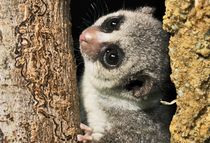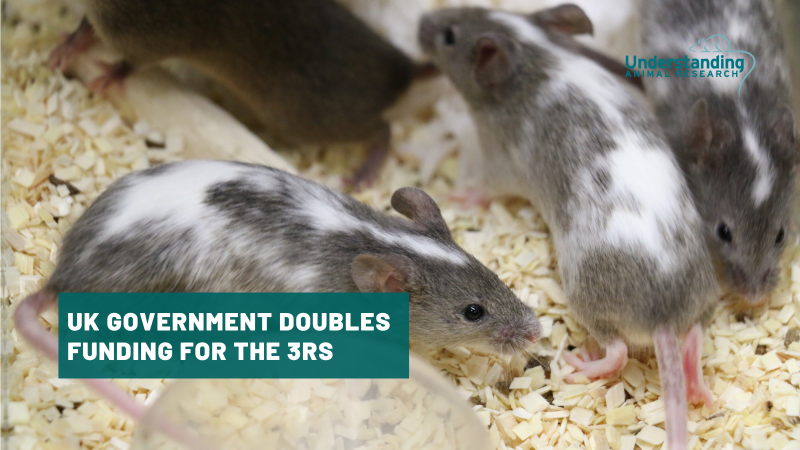 The possibility of eternal youth is guaranteed to get coverage and all the broadsheets covered this Nature story this week. A molecule in the hypothalamus brain region of mice that becomes more active as the mouse ages. The protein appears to “kick-start” the ageing proces. Mice injected with inhibitor compounds lived for longer than normal.
The possibility of eternal youth is guaranteed to get coverage and all the broadsheets covered this Nature story this week. A molecule in the hypothalamus brain region of mice that becomes more active as the mouse ages. The protein appears to “kick-start” the ageing proces. Mice injected with inhibitor compounds lived for longer than normal.
Read more here: http://www.nature.com/news/molecules-in-the-brain-trigger-ageing-1.12891
More prosaically, The Telegraph reports on attempts by UK scientists to genetically suppress horn growth in Holstein cattle, the standard dairy breed in Britain. Currently the horns are removed under anaesthesia shortly after birth, to prevent adults from injuring farmers. The procedure is painful and distressing to the animal once the anaesthesia wears off.
More here: http://www.telegraph.co.uk/earth/agriculture/geneticmodification/10023561/Scientists-design-health-and-safety-cow-with-no-horns.html
In the Independent - what sounds like the opening to a horror film: "appallingly irresponsible” scientists in China have been hybridising H5N1 bird flu, which current does not transmit between mammals, with H1N1, which does. They have created a virus that can pass by airborne transmission between guinea pigs. While this is not new research – in 2011 scientists created a strain that could pass between ferrets – it has received condemnation from the international scientific community for being highly risky.
And lastly, from the New Scientist – the discovery of a lemur that hibernates, the only primate known to do so. As lemurs are tropical mammals, their reasons for hibernation are not particularly obvious. However, there is a reduction in the availability of food during Madagascar’s dry season, which could be a trigger for hibernation. “Even stranger are the implications of primate hibernation,” say the authors of the study, “Potentially, lessons learned from dwarf lemurs could be applied to humans… It could open doors to induced hibernation, with applications as diverse as heart surgery and deep space travel.”
More here: http://www.newscientist.com/article/dn23483-zoologger-the-hibernating-lemur-that-feeds-on-its-tail.html
Last edited: 28 July 2022 08:43




